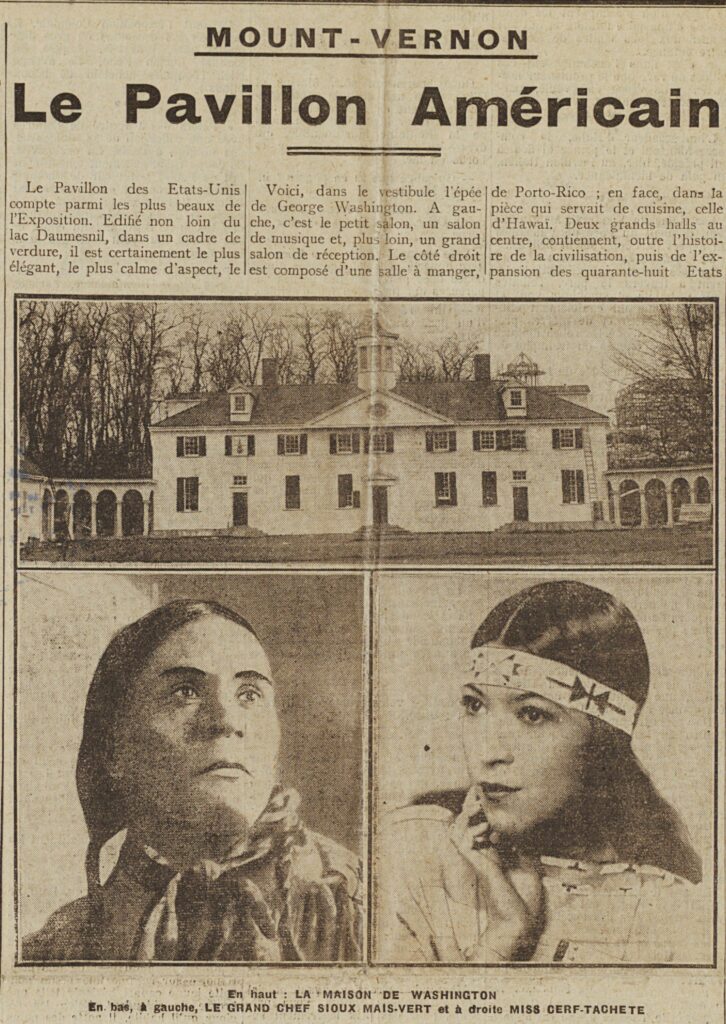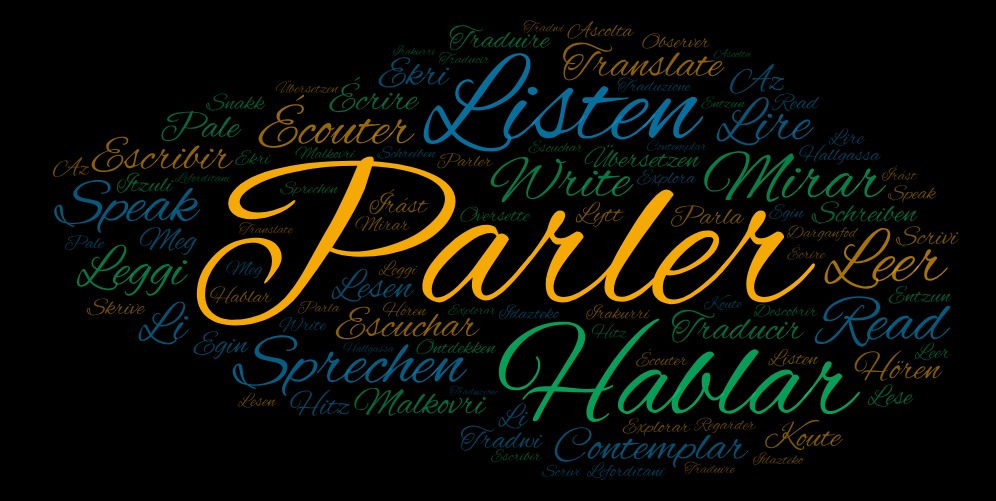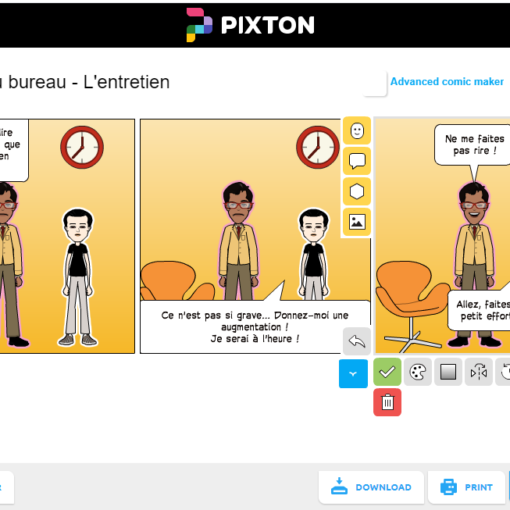This post presents a lesson designed for an Undergraduate Elective Course entitled “Focus on French Grammar”. Building on an exhibition held at the Musée du Quai Branly in 2018-2019, this content-based activity was tailored to help students practice the use of adjectives in French. As students learn about French colonial history, arts, and culture, they also identify adjectives, agreement, and word order rules. They do different sequences of visual analysis, whole-class, and group activities, while practicing listening, reading, speaking, and writing skills. This lesson plan unfolds as a productive two-class session on French colonialism, exotic painting and colonialist art.

The first class-session frames colonialist art (a politically loaded French pictorial movement) historically and culturally. The instructor provides students with a brief overview of French empire and colonization by orally elaborating on maps and key concepts (mercantilisme, exploitation, esclavage, in the 16th-18th century – mission civilisatrice, peuplement, rayonnement in the 19th – 20th century). They then outline the purpose and function of the Exposition coloniale internationale held in Paris in 1931. (When I taught this class, I signaled that this event is key for our purpose, since most of the colonialist artworks we would work on were on display there). Students study the shaping of colonial discourse during that period through a close analysis of visuals and articles on the American pavillon. Together, they tease out the ideology of the message conveyed by visual and discursive means: what was said, how, and what went untold. Finally, the instructor briefly provides key background information on the Musée du quai Branly, the museum which held the exhibition which students will work on.

After this introduction, students set out to work on a hand-out presenting and commenting on the quai Branly exhibition. After they read the article, we highlight a few key concepts together, such as propaganda, exoticism, and orientalism. We then turn to grammar by identifying this article’s adjectives. We extensively discuss agreements’ rules and word order, since these are the most challenging parts of adjectives in the French language. At this point, we have reached the end of the first session. Students are assigned grammar exercises for next class in order to process and practice the agreement and order rules they have just been introduced to.
In the following class, we first correct assigned exercises together to make sure that the most important rules have been understood. We then move to the core activity of this class-session: describing and analyzing orientalist art. We proceed to describe a few paintings together and highlight key elements of visual analysis (what makes a painting “exotic?” Which visual cues signal a painting as colonialist?). Students are encouraged to elaborate and sharpen their interpretation skills by qualifying (with adjectives) as specifically as they can the visual elements we are looking at. We thus talk about escapism, idealization, the ideological tenet of “beautiful” paintings in a colonial context, stereotypes and fascination, the visual tropes of colonial domination, the magnifying discourses on resources exploitation, and the overlooking of social inequalities and racial hierarchizing in the French colonies.

The last part of the session is dedicated to group activity and students’ short presentations. Students are paired in two. They choose an artwork from a selection. They are encouraged to describe the artwork with a stronger focus on elements that make it exotic and/or colonialist. They are also asked to properly use a minimum number of adjectives. I answer questions, discuss with them, review their draft before they present their artwork to the whole class.
This session worked wonderfully well. Students were very much engaged in the topic and activities. Visual analysis and close looking were conducive to shaping critical skills, and the pair activities generated lively discussion. By the end of that week, students approached colonialist art and these “beautiful” paintings in a way they would not have suspected before.
Materials:
First class-session
Second class-session
- Close-Looking pdf or slides
- A selection of exotic and/or colonialist paintings: pdf or Slides
- Exhibition website and online collection (URL working as of May 6, 2021)
By Angelique Ibanez Aristondo







2 thoughts on “Visualising French Colonialism in the Classroom”